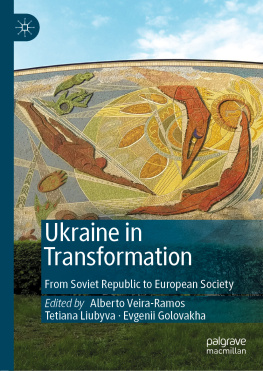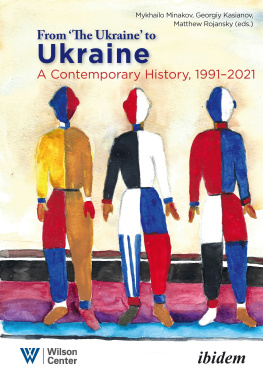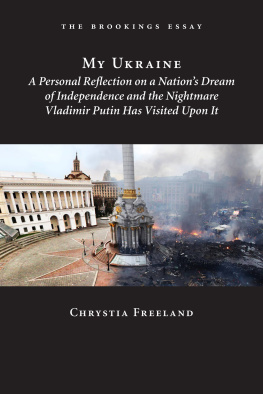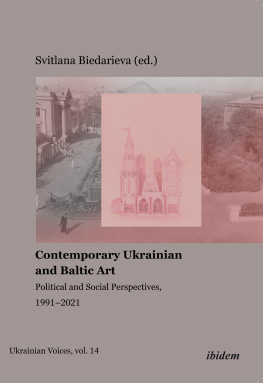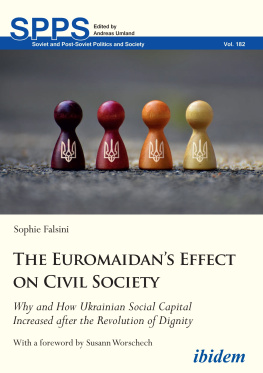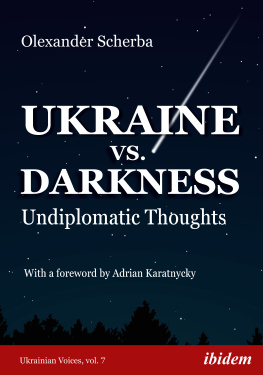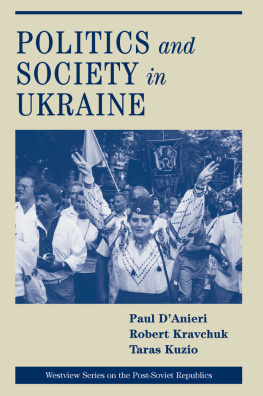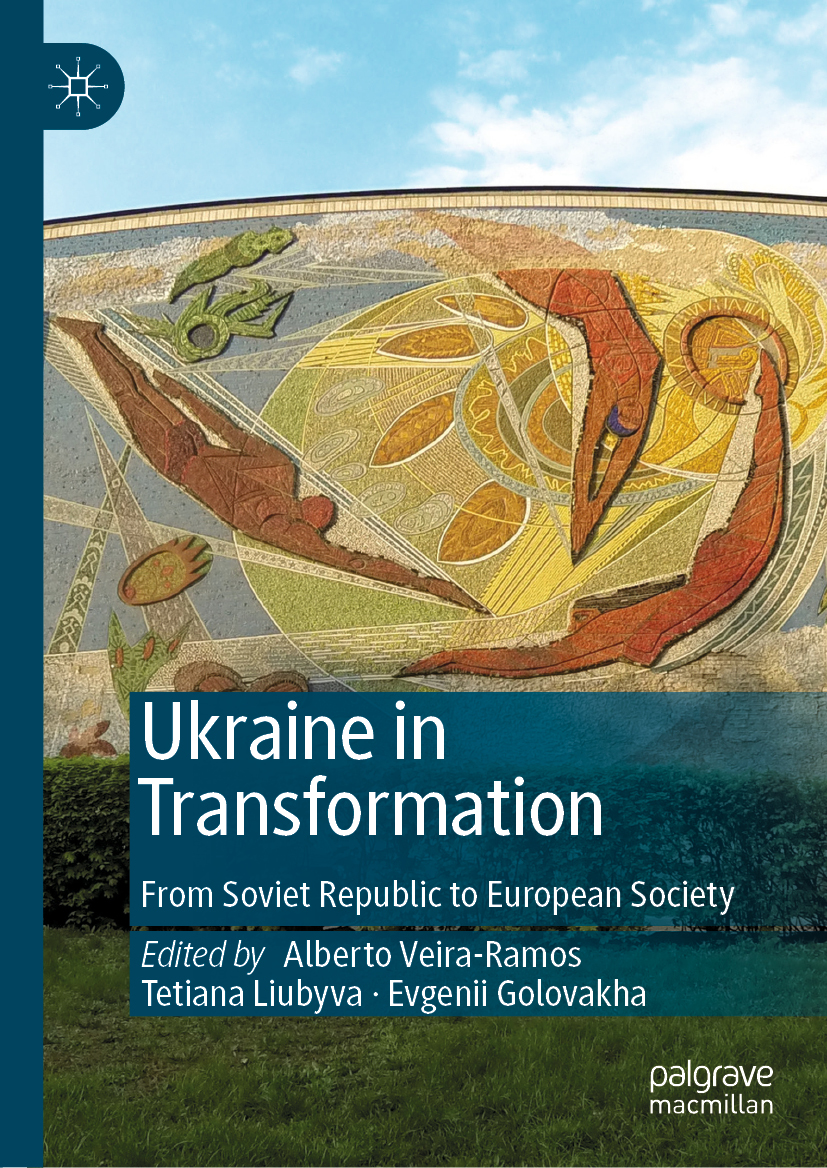Editors
Alberto Veira-Ramos
Carlos III University of Madrid, Madrid, Spain
Tetiana Liubyva
National Academy of Sciences of Ukraine, Kyiv, Ukraine
Evgenii Golovakha
National Academy of Sciences of Ukraine, Kyiv, Ukraine
ISBN 978-3-030-24977-9 e-ISBN 978-3-030-24978-6
https://doi.org/10.1007/978-3-030-24978-6
The Editor(s) (if applicable) and The Author(s), under exclusive license to Springer Nature Switzerland AG 2020
This work is subject to copyright. All rights are solely and exclusively licensed by the Publisher, whether the whole or part of the material is concerned, specifically the rights of translation, reprinting, reuse of illustrations, recitation, broadcasting, reproduction on microfilms or in any other physical way, and transmission or information storage and retrieval, electronic adaptation, computer software, or by similar or dissimilar methodology now known or hereafter developed.
The use of general descriptive names, registered names, trademarks, service marks, etc. in this publication does not imply, even in the absence of a specific statement, that such names are exempt from the relevant protective laws and regulations and therefore free for general use.
The publisher, the authors and the editors are safe to assume that the advice and information in this book are believed to be true and accurate at the date of publication. Neither the publisher nor the authors or the editors give a warranty, expressed or implied, with respect to the material contained herein or for any errors or omissions that may have been made. The publisher remains neutral with regard to jurisdictional claims in published maps and institutional affiliations.
Cover image: The Swimmers, 19692019, original mosaic by Halyna Zubchenko and Hryhorii Pryshedko, Nauka Sport Complex in Kyiv, photo by Vladislav Slyusarev (Hvrenja)
This Palgrave Macmillan imprint is published by the registered company Springer Nature Switzerland AG
The registered company address is: Gewerbestrasse 11, 6330 Cham, Switzerland
Preface
For decades since its independence, Ukrainian society has been going through a process of reluctant transformations, seemingly unsure about which vector of development to adopt in order to modernize its institutions and economic infrastructure: the Western European or the Eurasian model. The apparent immutable state of ambivalence displayed by Ukrainian society concerning political attitudes, values and geopolitical orientations combined with events like the Orange and the Euromaidan Revolutions constitute, thus, a very rich and challenging field for sociological research.
Recent events, like the Russian annexation of Crimea followed by the hybrid war in the Donbas region have brought Ukraine to the forefront of the Western media. This aggression towards Ukrainian territorial integrity seems to have accelerated processes already underway, questioning some of the widely accepted clichs about this country, well established in the Western academic world. This book aims to provide the international academic community with a perspective of the Ukrainian reality based on empirical analyses made mainly by Ukrainian sociologists living in Ukraine and relying on data produced by Ukrainian institutions.
The analyses contained in this book cover the historical period following Ukrainian independence and comprise a wide variety of issues like the transformation of the class structure, education reform after legalization of the private sector and changes of attitudes towards privatization and trust of the newly created democratic institutions. The strength (or lack of strength) of its civil society is discussed and the religious revivals described, highlighting the characteristics that differentiate Ukrainian reality from that observed in other post-Soviet countries. Changes in the media landscape are explained and the relevance of new internet media depicted. Insight into the origins and causes of the Donbas conflict, often misinterpreted in the Western media, is provided, and measures to overcome it are suggested. The effects of military conflict with neighbouring Russia on Ukrainian national identity are investigated and its role as a catalyser of national unity is discussed. Last but not least, the book provides a very insightful theoretical approach developed by Evgenii Golovakha for interpreting the type of transformation Ukrainian society is going through in order to overcome its Soviet legacy, which is significantly different from those observed in neighbouring countries.
Alberto Veira-Ramos
Tetiana Liubyva
Evgenii Golovakha
Madrid, Spain Kyiv, Ukraine Kyiv, Ukraine
Contents
Evgenii Golovakha , Tetiana Liubyva and Alberto Veira-Ramos
Alberto Veira-Ramos and Evgenii Golovakha
Tymofii Brik and Oleksii Shestakovskyi
Elena Simonchuk
Svitlana Oksamytna
Maxim Gatskov and Kseniia Gatskova
Tymofii Brik and Stanislav Korolkov
Tetyana Nikitina
Alberto Veira-Ramos and Tetiana Liubyva
Kateryna Ivaschenko-Stadnik
Evgenii Golovakha , Tetiana Liubyva , Alberto Veira-Ramos , Svitlana Oksamytna , Elena Simonchuk , Kateryna Ivaschenko-Stadnik and Tymofii Brik
List of Figures
Fig. 4.1 Dynamics of the class distribution of the employed population of Ukraine in 19932011 (%) ( Sources Aggregated data from the project Attitude to Transformations of the Institute of Sociology of NASU in 19931998, and the ESS project in 20052011)
Fig. 4.2 Class distribution of the employed population of several European countries in 20052011 (%) ( Source Data from the Table 4.1)
Fig. 4.3 Dynamics of class self-identification in Ukraine for 20002014 (the answer to the open question Which social class would you say you belong to?) (%) ( Sources Data 2000 from the Ukrainian Society Survey; the data 2014 from the omnibus of the Kyiv International Institute of Sociology [weighed by design effect])
Fig. 4.4 Distribution of class identities in several European countries in 2009 (%) ( Source Data of the ISSP 2009 project [weighed by weighting factor]. The countries are grouped in the following way: Eastern European countries [Poland, East Germany, Bulgaria, Czech Republic, Hungary, Slovakia, Slovenia, Latvia and Estonia] and Western countries [USA, Australia, New Zealand, Norway, Sweden, Denmark, Finland, West Germany, Great Britain, Spain, Portugal, Switzerland, Japan])
Fig. 4.5 Interrelation of class positions and class identities in several European countries (%) ( Source Similar to Fig. 4.4)
Fig. 4.6 Level of membership in political parties in different countries (%) ( Sources The share of the CPSU members among the employed population of Ukraine for 1980 is calculated by Komunistychna partiya Ukrayiny [1980, p. 339]. Data of Ukraine, Russia, countries of Eastern and Western Europe from the ESS 20052011)

